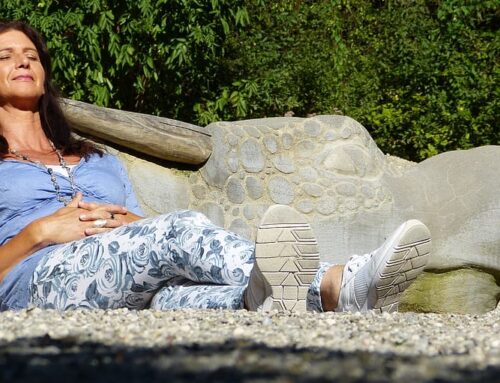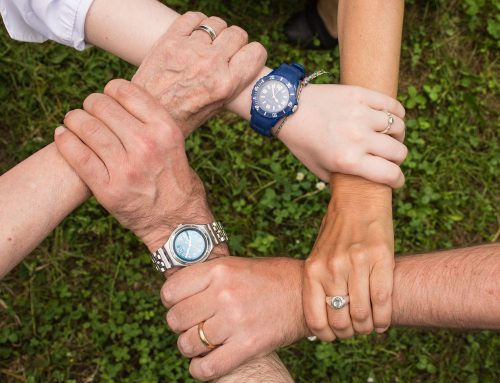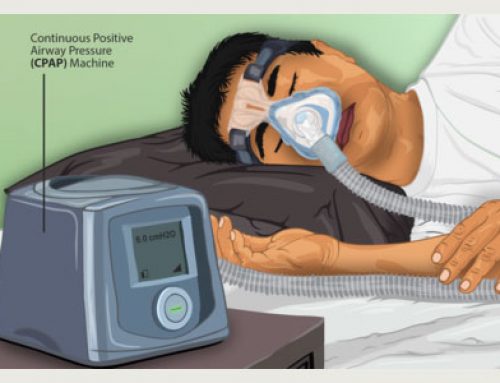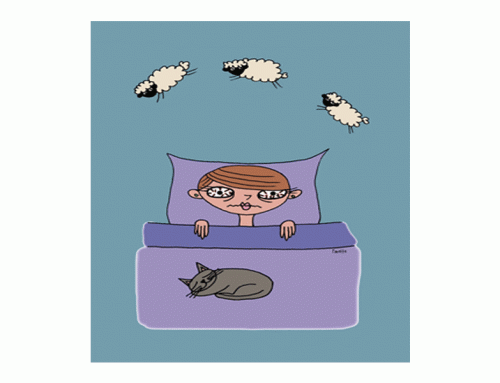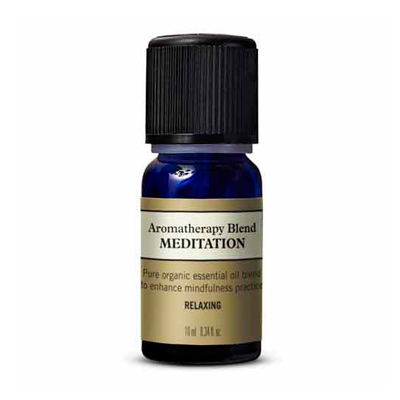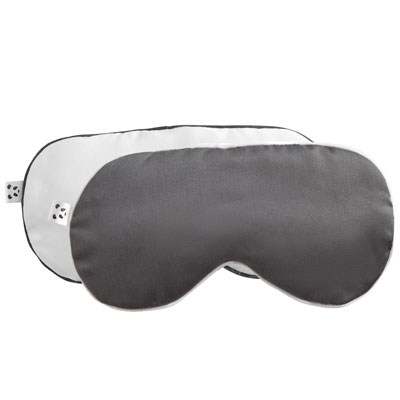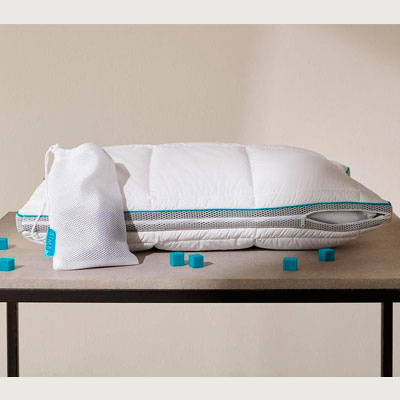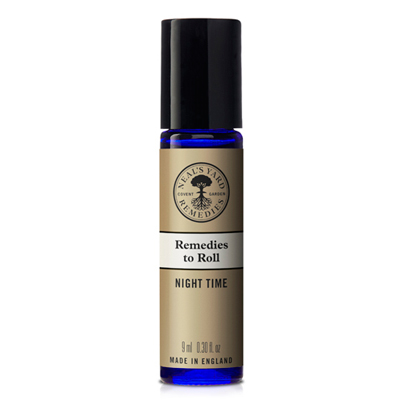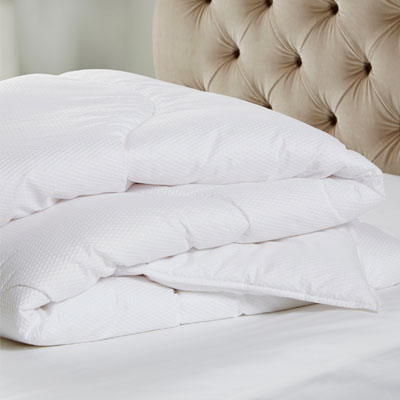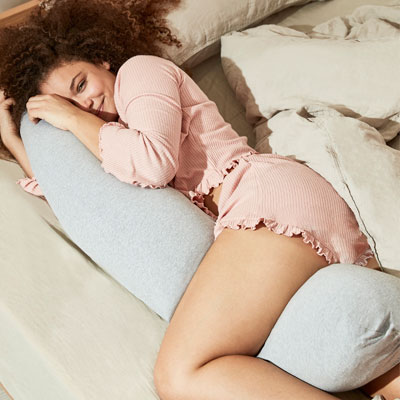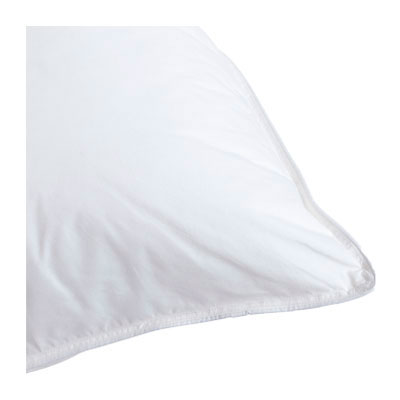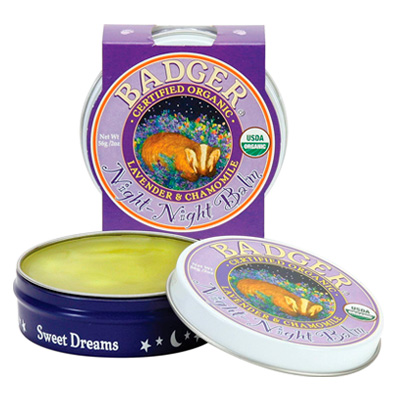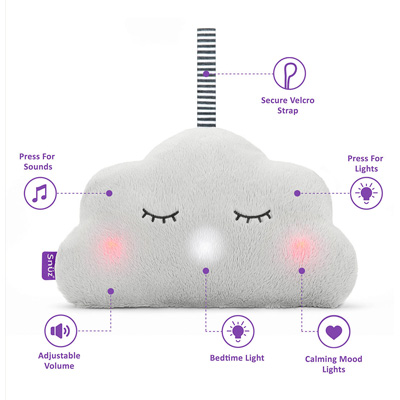You might think that when you have finally cracked the problem of getting your child to sleep through the night that your sleep problems are behind you. Not necessarily! Unfortunately, Sleeping through the night is often just the start when it comes to the sleep problems that your child might encounter. In this article we will take a look at some of the most common sleep disorders that can occur in children, and we’ll talk about how they could be tackled.
Amount of sleep
It is important to ensure that your baby or child is getting enough good quality sleep at night so that they wake up refreshed and ready for the day ahead. In our post “How much sleep do I need” we looked at the amount of sleep needed. This ranges from 14-15 hours a day for babies, up to 12 months of age to 8-9 hours a day for children aged 12-18.
Sleep problems
The sleep issues that can affect your child can be broken down into two very distinct categories. The first is dyssomnias which include the following:
- Inadequate sleep hygiene – more information on good sleep hygiene can be found in our blog “What to do before you go to bed”.
- Insufficient sleep syndrome – this is also known as behaviourally induced insufficient sleep syndrome, as a person chooses to forgo sleep in favor of other activities like work, texting friends, playing video games or watching TV. It is particularly common in teens.
- Obstructive sleep apnea and snoring – this is where your breathing repeatedly stops and starts during sleep. It can be serious and therefore, if you have any concerns about sleep apnea in your child or are concerned by their snoring patterns, then it can be a good idea to speak to your GP.
- Bedwetting – is a common sleep problem in children which is usually linked to a developmental issue. In a large majority of children who wet the bed have no underlying disease that explains their bedwetting and they will grow out of it.
- Difficulties getting to sleep – Try to stick to a simple bedtime routine that allows your child to relax and get ready for sleep. This could include a bath, bedtime story and no screen time for an hour before bedtime.
- Limit setting disorder – this is when appropriate bedtime routines and limits have not been put in place. A child may refuse bedtime or trick their parents by faking the sleep they need in order to get time on their own to do their own thing rather than sleeping.
The second Parasomnias, are sleep disorders such as:
-
- Night terrors – night terrors may appear to be bad dreams, but in reality, they are much more than just a simple nightmare. A child in the grip of a night terror will be inconsolable, and they often won’t even know that you are in the room with them. It may appear as though they are awake, but they will be asleep. Once the night terror has passed you can settle them back to sleep. If the terrors occur regularly then try waking your child 10 minutes before an expected night terror in order to help break the cycle.
- Nightmares – a nightmare is a bad dream that your child will wake up from, and you will be able to comfort them to help with this. When dealing with a nightmare it is important to reassure your child it was just a dream – don’t look for the thing that worried them – it doesn’t exist!
- Sleep-walking – this is particularly common in kids. Most will only sleep walk occasionally and often outgrow it by their teens. Sleep-walking usually happens within an hour or two of falling asleep.
- Rhythmic movement disorder – these episodes generally occur when the child is almost asleep and drowsy and might be things like rocking or head banging or rolling. It rarely causes any serious injury but can be distressing for a parent or carer.
- Sleep eating – this is usually episodes of eating at night that are over very quickly. The person may have no need for food or drink but will actively seek out and consume something, often with little memory of the event on waking. It is more common in older children and might be possible to prevent this from happening by encouraging your child to eat more calories before bedtime.
- Sleep bruxism – often referred to as nocturnal teeth grinding, this is believed to be linked to sleep apnea. Whilst this is more commonly thought of as an adult sleep issue, over a third of parents questioned in a study published by the US National Library of Medicine National Institutes of Health reported that their child showed signs of sleep bruxism.
REM behaviour disorder – rapid eye movement, or REM behaviour disorder is a sleep disorder where vivid dreams are often acted out with sudden – often violent – movements and vocal sounds.
Other sleep problems in children
When it comes to sleep, there are a significant number of sleep problems that your children may struggle with. Your child will probably not encounter many of the sleep issues listed above – nightmares and night terrors are probably the most common. They may, however, have some episodes of insomnia at some point in their life. This can happen when they are going through a developmental leap and are learning a significant amount of new skills, for example, as you progress with potty training, you may also have episodes of bedwetting.
If you are concerned about any sleep issue your child has it can be a good idea to speak to your GP.



